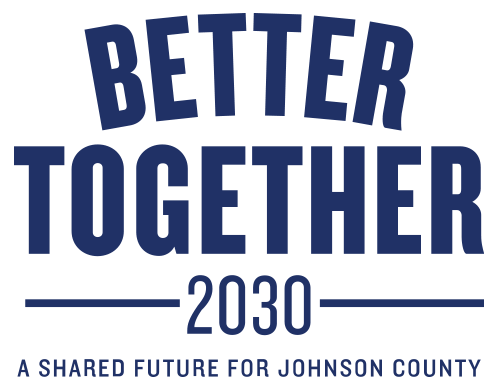HOUSE PASSES CARES ACT
The House passed the largest peacetime fiscal relief measure in U.S. history today and has been signed by the President. The Phase 3 Stimulus package totals roughly $2.3 trillion in direct aid to families, businesses, hospitals and states. The controversial voice vote marks the third bill lawmakers have passed to respond to the COVID-19 pandemic, since the outbreak began two months ago.
CARES Act Assistance for Small Businesses
Paycheck Protection Program – The CARES Act establishes the Paycheck Protection Program, a $350 billion loan program to help small & mid-sized businesses with cash flow during the COVID-19 crisis. If the business maintains their payroll for 8 weeks, the portion of the loan used for covered payroll costs, interest on mortgage obligations, rent, and utilities would be forgiven.
Who is eligible to receive the loans?
- Businesses with 500 or less employees
- Businesses that meet current Small Business Administration (SBA) size standards
- Self-employed individuals and “gig economy” workers
- Certain nonprofits, including 501(c)(3) organizations and 501(c)(19) veteran organizations
- Tribal businesses with under 500 employees
What is the size of the loans?
- The maximum loan size is 250% of the employer’s average monthly payroll, or $10 million (whichever is less).
What can loans be used for?
- Payroll costs (salary, wages, and payment of cash tips up to annual rate of $100,000 per employee)
- Continuation of health care benefits during periods of paid sick, medical, or family leave, and insurance premiums
- Employee salaries, commissions, or similar compensations
- Payments of interest on mortgage obligations
- Rent, including rent under lease agreement
- Utilities
- Existing allowable uses under 7(a) program, which includes purchasing inventory, supplies, raw materials, and working capital
How does the loan forgiveness work?
- Borrowers are eligible for loan forgiveness equal to the amount they spend on payroll, interest on mortgages, rent, and utilities during the 8-week period after the origination date of the loan
- The amount forgiven will be reduced proportionally by any reduction in employees retained compared to the prior year, and by any reduction in pay of employee beyond 25% of their prior year compensation. To encourage employers to rehire any employees who have already been laid off, borrowers that re-hire workers previously laid off will not be penalized for having a reduced payroll at the beginning of the period
Who makes and approves the loans?
- The loans will be 100% backed by the government, but the authority to make and approve loans is delegated to local banks and credit unions
- Financial institutions that are already approved 7(a) lenders would be automatically eligible to participate. The bill also directs the Treasury Department to create a streamlined process for becoming an approved lender so more financial institutions can participate
- Without going through all of SBA’s channels, lenders can make determinations on a borrower’s eligibility and creditworthiness. Instead of determining the ability for the businesses to repay, lenders will simply determine whether a business was operational on February 15, 2020, and whether it had employees for whom it paid salaries and payroll taxes, or a paid independent contractor
- SBA will provide lenders with a process fee for servicing the loan. The bill sets lender compensation fees at 5% for loans of not more than $350,000; 3% percent for loans of more than $350,000 and less than $2,000,000; and 1% for loans over $2,000,000
What happens to the portion of loan that is not forgiven?
- The remaining balance will maintain a 100% guarantee and have a maturity of not more than 10 years
- Loan payments are deferred at least six months
- The maximum interest rate is 4%
Can businesses receive this and an Economic Injury Disaster Loan?
- It limits borrowers from receiving Paycheck Protection Program (PPP) loan and an SBA Economic Injury Disaster Loan (EIDL) for the same purpose. However, it allows a borrower who has an EIDL loan unrelated to COVID-19 to apply for a PPP loan, with an option to refinance that loan into the PPP loan.

